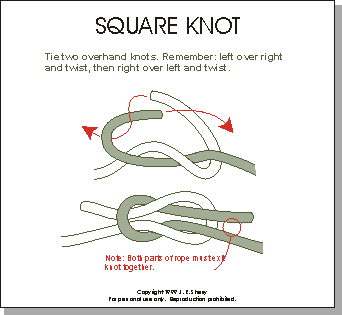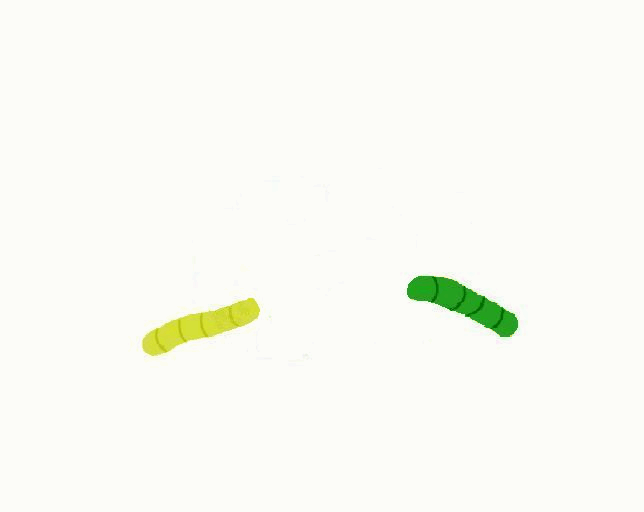Mudanças entre as edições de "Nó Direito (Reef Knot)"
| Linha 25: | Linha 25: | ||
# Costura (splicing): costuras feitas em uma ou mais cordas, usando as próprias tranças da corda | # Costura (splicing): costuras feitas em uma ou mais cordas, usando as próprias tranças da corda | ||
# Nós Decorativos | # Nós Decorativos | ||
| + | |||
| + | |||
| + | "Sailors have an idomatic language of their own which provides about everything needed for a discusion of Knots. A splice is ''put in'' , a hitch is ''made fast'', or ''taken'', two ropes are ''bent together'', a knot is ''put in, made'', or ''cast'' in a rope. A sailor takes a turn he ''belays''; he ''claps on'' a stopper, he ''slacks away'', and ''casts off'' a line. He ''clears'' a tangle, he ''opens'' a jammed knot, and he ''works'' a Turk's-Head or a sinnet. But the only time he actually ''ties'' is when his voyage is over, he ''ties'' up to a wharf. The word tie is used so seldom by the sailor only because it is too general a term for daily use, where something specific is almost always called for. But when a sailor refers to the subject as a whole he always speaks of "tying knots" or "knot tying". Source: Clifford W Ashley, the Ashley Book of Knots. | ||
Edição das 21h19min de 10 de março de 2009
O nó direito veio a ser muito usado por marinheiros para recolher o excesso de uma vela para reduzir sua superfície, amarrando o excesso como um saco (conforme figura abaixo). Em inglês isso se chama “reefing”, daí o nome Reef Knot. Ele pode ser usado para juntar cordas de espessura iguais, mas o nó de escota é o mais recomendado. Uma regra básica para se fazer o nó direito é: direita sobre esquerda, esquerda sobre direita.
Curiosidades Sobre Nós
Existem vários tipos de formas de se amarrar cordas, cabos e fios, e temos o costume de chamar todos estas formas de "nós". Nós existem há séculos, mas foi com a evolução da navegação e engenharia antiga que os principais nós foram estabelecidos.
Estas formas de amarrar são na realidade divididas assim:
- Dobras (bends): usadas para juntar duas cordas. Por exemplo Nó de Escota
- Nós (knots): usadas em uma só corda, tais como o nó simples e o Nó Direito. São três os tipos:
- Para juntar as pontas da corda
- Nós de Ponta, que normalmente servem para engrossar as pontas ("Stopper Knots") para não escorregarem por um buraco, tal como nó simples e nó em oito.
- Nós de pesca
- Voltas (hitches): usadas para amarrar a ponta de uma corda em um objeto
- Amarras (lashings): usadas para juntar madeiras/troncos para formar uma estrutura
- Falcaças (whipping): usadas para proteger a ponta de um corda
- Costura (splicing): costuras feitas em uma ou mais cordas, usando as próprias tranças da corda
- Nós Decorativos
"Sailors have an idomatic language of their own which provides about everything needed for a discusion of Knots. A splice is put in , a hitch is made fast, or taken, two ropes are bent together, a knot is put in, made, or cast in a rope. A sailor takes a turn he belays; he claps on a stopper, he slacks away, and casts off a line. He clears a tangle, he opens a jammed knot, and he works a Turk's-Head or a sinnet. But the only time he actually ties is when his voyage is over, he ties up to a wharf. The word tie is used so seldom by the sailor only because it is too general a term for daily use, where something specific is almost always called for. But when a sailor refers to the subject as a whole he always speaks of "tying knots" or "knot tying". Source: Clifford W Ashley, the Ashley Book of Knots.

